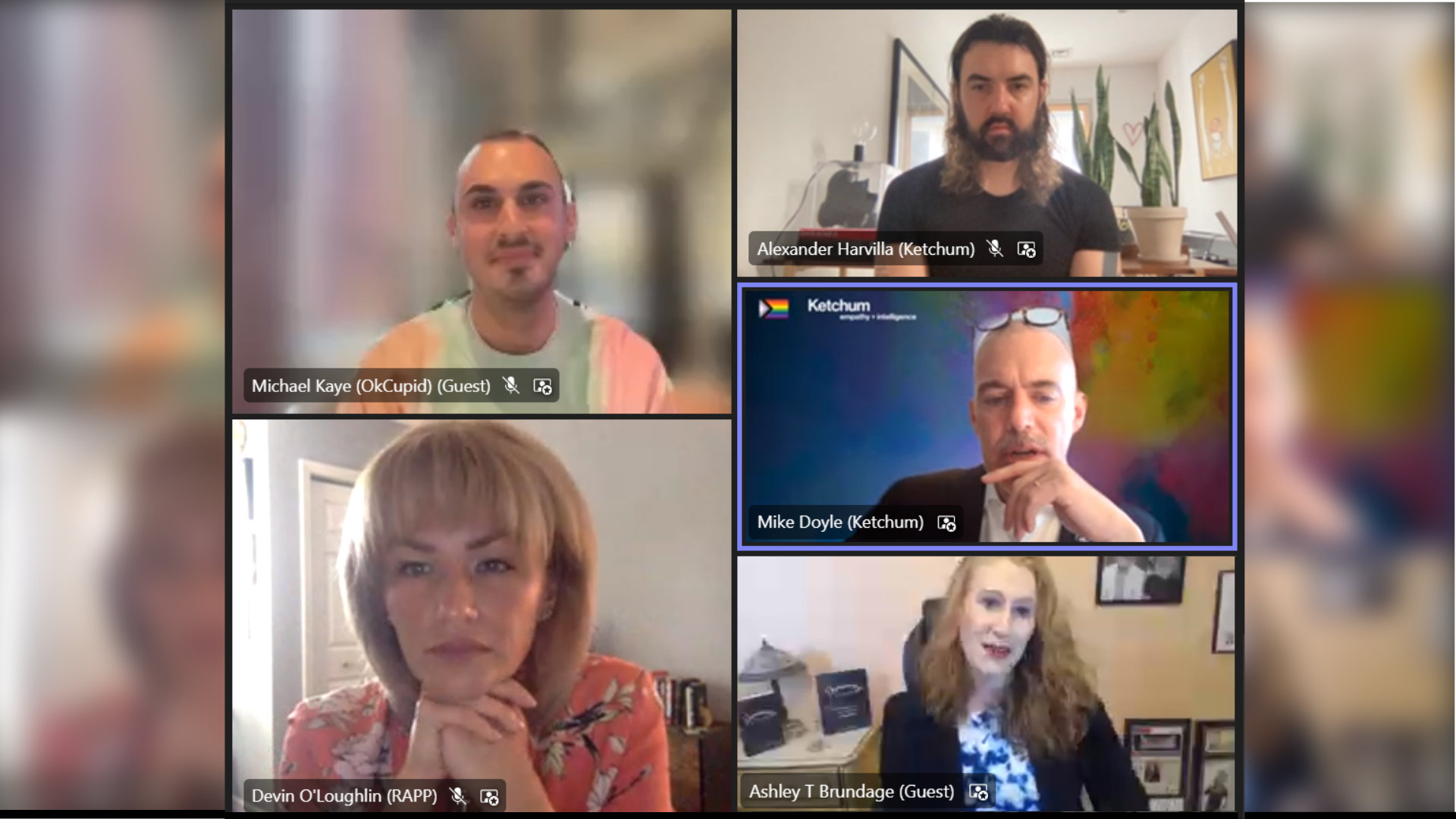Alicia Collins is a consultant at ICON International Communications, Ketchum’s exclusive affiliate partner in Singapore and Australia.
Navigating the challenging waters of connecting brands with their key influencers – both online and offline – in today’s rapidly changing world is a difficult task. With that said, I thought you might find it helpful if we touched on some new approaches to successfully engage influencers.
As communication professionals, our role, put simply, is to tell stories. We have to create compelling stories and identify the most influential people to share them with or through.
However, with today’s increasing use of the social web, and the sheer volume of conversations taking place, it often leaves brands apprehensive of dipping their toes in the water. We need to look at structures and processes that can help us successfully connect brands with connected influencers who can then amplify the reach of the stories we are trying to tell.
4 Tips for Engaging with Connected Audiences
- Develop the message to suit the medium and ensure the stories are tailored to connect with customers’ hot buttons, needs and perspectives.
- Once you’ve developed your story, identify your connected customers and let them tell your story in a compelling and engaging fashion.
- Social media isn’t simply an idea any more, it’s an ideal. It must be a part of your working arsenal. Work collaboratively so that online stakeholders feel part of the brand story and have a chance to interact with the brand on a practical two-way level.
- Remember the business role in this new age of communications: we need to keep up with the expectations of consumers, not decide how and when they will engage with us. Communication is now a 24/7 process; not just a ‘nice to have’ that is delivered on the brand’s terms and timeframes.
It’s clear the customer has the power, and it’s up to us put that to best use. Control messaging went out years ago and the continued growth of social media has only amplified the need to seek a dialogue rather than a monologue in all engagements.
As an example, despite the fact that Twitter came into existence almost six years ago, many businesses are still grappling with embracing this fundamental new tool in stakeholder communication. But if we didn’t know back in 2006 that the risks posed to corporate reputation via these online channels would have such a profound effect on how we do business, what makes us think it is going to get any easier moving forward?
How will businesses effectively engage their customers, clients, influencers and regulators in 2016 when Twitter is double or triple its current size?
Early signs suggest that it is the businesses which adopt social practices as part of their everyday communications that will emerge with their brands not just in tact – but stronger and more robust.


